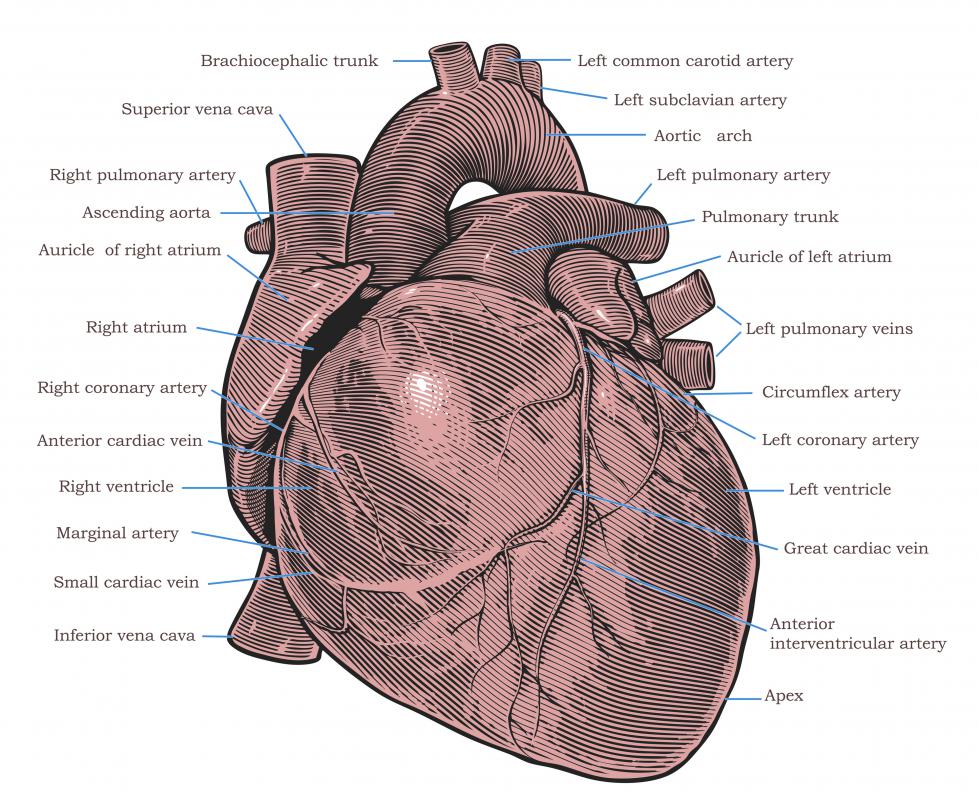At TheHealthBoard, we're committed to delivering accurate, trustworthy information. Our expert-authored content is rigorously fact-checked and sourced from credible authorities. Discover how we uphold the highest standards in providing you with reliable knowledge.
What Is Systems Physiology?
Physiology is a subfield of biology that focuses on the study of human body function, including how major processes work together at the cellular and molecular level. Systems physiology involves learning about the physical structures, organs making up various systems of the body, and how each is situated. Although the primary focus of systems physiology is on bodily function, it does make frequent references to anatomy, since it discusses the function of the individual structures. Elements of the body frequently found in the study of systems physiology include physiological processes, regulatory mechanisms and their feedback systems, the cardiovascular system, and neurotransmitters.
Physiological processes refer to the regulatory mechanisms by which the body is sustained and how it adapts to environmental changes. Through the five senses, the human body is constantly receiving information about surroundings in the form of external stimuli that work to maintain a balance called homeostasis.

Regulatory mechanisms are either positive or negative feedback systems. For example, if the body temperature becomes too high or falls below normal, this state actually triggers a response that will counteract the change, bringing it back into the correct range. This is a negative feedback system, and most biofeedback processes fall within this category. With positive feedback mechanisms, the process is not reversed, but intensified, as in childbirth. Each contraction triggers another, and strength and intensity are increased with each one and does not end until the baby is born.

The cardiovascular system is also part of systems physiology, which includes cardiac output, blood pressure regulation, and heartbeat conduction, as well as the nervous system. Consisting of the heart, blood, and blood vessels, the circulatory system is chiefly responsible for nutrient transport, including oxygen, hormones, and waste. The nervous system is divided into the central and peripheral — while the central nervous system encompasses the brain and spinal cord, peripheral refers to all other nerves. Neurons are capable of transmitting electrical impulses, useful for carrying essential information such as external and internal stimuli like pain.

Systems physiology of nerve cells involves the way in which conduction of impulses occurs and how they are transferred. Neurotransmitters are chemicals that play a key role in relaying signals to receptors, and their effects are either excitatory or inhibitory. Certain neurotransmitters are responsible for stimulation, while others balance mood. Drugs, alcohol, stress and diet affect the function of neurotransmitters.

Sometimes there is a disturbance in normal function, and pathophysiology is the branch of systems physiology that studies conditions of disease and how they specifically affect the body. Pathology has a part in this, but its focus is on what happens physically as a result of disease as opposed to actual functioning.
AS FEATURED ON:
AS FEATURED ON:
















Discuss this Article
Post your comments